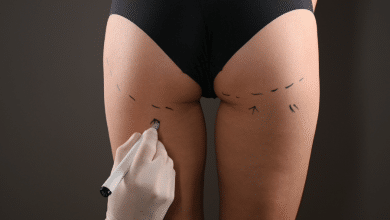Cheek Fat Removal Surgery

Cheek liposuction is a cosmetic surgery procedure performed by an endocrine surgeon. This procedure is done to remove the swelling that occurs due to the recovery of excess fat on the cheeks of the patient. The procedure is performed by aspiration (suction) of fat from the cheeks through a small hole. It does not require a general anesthetic and takes approximately one hour. After the procedure, the patient’s cheeks are expected to appear smoother and thinner. The operation should usually only be performed once. However, in case of re-accumulation of fats, it may need to be re-operated depending on the age and health status of the patient.
Cheek fat removal surgery, also known as bichectomy, is a surgical operation in which excess fat is removed from the cheek by entering through the mouth. In facial beauty, thin and sharp lines are attractive and preferred. Round and chubby cheeks are not suitable for this desired image. Cheek fat removal provides a solution to these full cheeks, which are genetically or subsequently formed.
In other words, with the bichectomy procedure, the cheeks become thinner and thus the cheekbones become prominent. An aesthetic appearance is achieved by catching the golden ratio.
Plump cheeks can be caused by many reasons, although they are cute in childhood, they are not preferred for an impressive facial expression when they get older. Thin and contoured cheeks, also called Hollywood cheeks, are preferred. It is possible to catch this with a few procedures, including cheek fat removal.
İçindekiler
What Causes Oily Cheeks?
Fat on the cheek can be caused by various factors such as weight gain, aging, hormonal changes, stress, alcohol and cigarette consumption.
Since weight gain causes fat accumulation in the body, it can also cause lubrication on the cheeks. As we age, facial muscles may weaken and skin elasticity may decrease, which can cause cheeks to sag and fat to accumulate.
Hormonal changes can also cause lubrication on the cheek. For example, hormonal disorders such as polycystic ovary syndrome can cause body fat to accumulate on the cheeks.
Stress can increase levels of the hormone cortisol, which can lead to a buildup of fat in the body. Consumption of alcohol and cigarettes can also cause fat accumulation in the body and lead to lubrication on the cheeks.
As a result, as there can be many different causes of fat on the cheek, it can vary depending on the person’s lifestyle and health status. Weight control, healthy eating, exercising, avoiding stress, and limiting smoking/alcohol consumption can help reduce fat on the cheeks.

What is Cheek Fat Removal?
Cheek liposuction is an aesthetic surgery procedure that is usually performed to reduce the accumulated fat in the cheek area. This procedure is done in order to reduce the fullness or swelling of the cheeks, to define the facial features and to make the face thinner and more attractive.
Cheek liposuction is an operation that is usually performed under local anesthesia or sedation (light anesthesia). During the procedure, an incision is made to remove the fatty tissue in the cheek. The procedure usually takes 1-2 hours and usually requires a same-day rest period at home.
However, since cheek fat removal is a surgical procedure, any surgical procedure has risks. These risks can include bleeding, infection, reactions to anesthesia, wound healing problems, and nerve damage. In addition, side effects such as swelling, bruising, pain, tenderness and temporary loss of sensation may also occur after cheek liposuction.
Therefore, it is important to consult with a plastic surgeon or plastic surgeon and consider the risks and advantages before undergoing cheek liposuction.
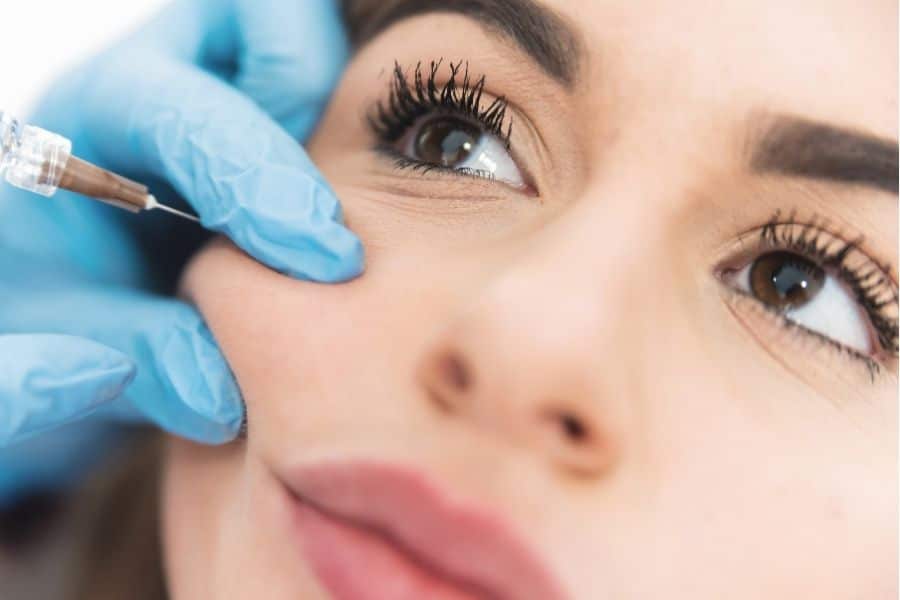
What is Cheek Fat Removal Surgery?
Cheek fat removal surgery is the process of surgically removing excess adipose tissue, which usually accumulates on the cheeks. This surgery is applied to reduce the fullness of the cheeks and to define the facial features.
Cheek fat removal surgery is usually performed under local anesthesia and an incision is made during the procedure to remove the fat tissue inside the cheek. The incision is usually placed on the inside of the cheek so that it leaves no visible scars. The duration of the operation may vary depending on the amount of fat to be removed and the needs of the patient. After the procedure, a rest period of several hours is usually required.
After cheek fat removal surgery, the patient may often experience side effects such as swelling, bruising, pain and tenderness. However, these effects usually disappear within a few days, and the healing process is usually quick. During the healing process, the patient may need to follow some specific guidelines to protect the face and speed healing.
Cheek fat removal surgery, like any surgical procedure, involves risks. These risks may include infection, bleeding, reactions to anesthesia, wound healing problems, and nerve damage. Therefore, it is important to consult with a plastic surgeon or plastic surgeon and consider the risks and advantages before undergoing cheek fat removal surgery.
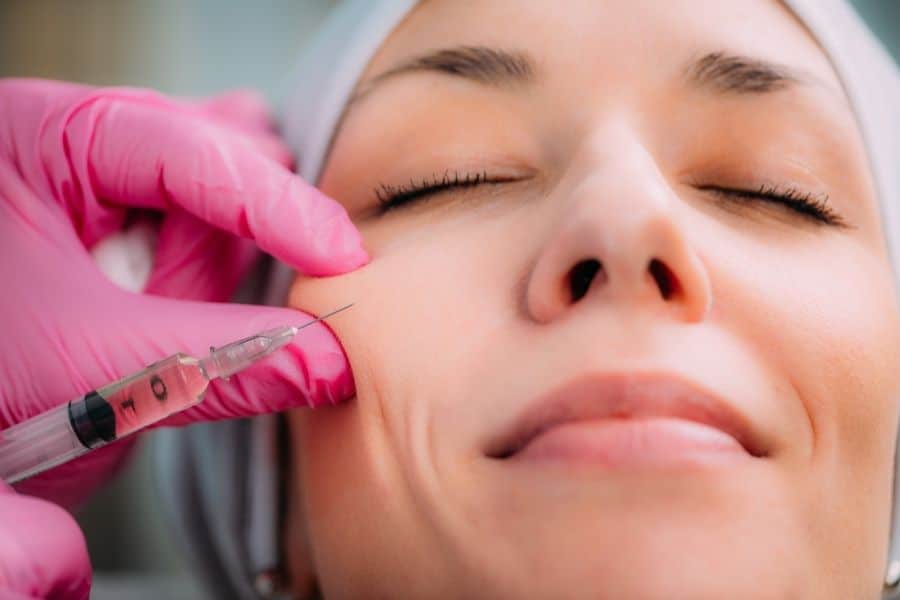
What are the Risks of Cheek Liposuction Surgery?
Cheek fat removal surgery is a cosmetic surgery procedure that is usually performed to reduce unwanted fat deposits in the face area. As with any surgical procedure, this procedure has some risks.
The risks of cheek fat removal surgery are:
Infection: As with any surgical procedure, there is a risk of infection in cheek fat removal surgery. Careful post-operative hygiene practices can reduce the risk of infection.
Bleeding: There may be a risk of bleeding during cheek liposuction surgery. Although bleeding can be controlled, sometimes a blood transfusion may be required.
Anesthesia risks: The anesthesia used during surgery has some risks. Therefore, the patient should be evaluated in detail by the doctor before anesthesia and the appropriate anesthesia method should be selected.
Change in face shape: Incorrect incisions or excessive fat removal during cheek liposuction can cause changes in face shape.
Asymmetry: Facial asymmetry may occur after cheek fat removal surgery. In order to prevent this situation, the surgeon should perform the procedure carefully and the patient should follow the doctor’s recommendations during the healing process.
Scars: Incisions made during cheek fat removal surgery may leave scars after surgery. However, these scars may diminish over time.
Cheek liposuction is usually successful and serious complications are rare. However, like any surgical procedure, cheek fat removal surgery carries risks. Therefore, the patient should carefully follow the doctor’s recommendations before and after the operation.
How is Cheek Fat Removal Surgery Performed?
Cheek liposuction surgery is usually performed under local or general anesthesia. How the surgery is performed may vary depending on the patient’s condition and the surgeon’s preference. However, the following steps are usually followed:
Anesthesia: Local anesthesia is usually applied during cheek fat removal surgery. In some cases, general anesthesia may be preferred.
Incisions: The surgeon makes one or more incisions, usually in the inner cheek area or outer cheek area, to remove fat from the cheek. The size and number of incisions may vary depending on the amount of fat to be removed.
Fat removal: The surgeon removes fat from the incisions with the help of special tools. Fat removal can be done with different techniques depending on the surgeon’s experience and the patient’s condition.
Closing the incisions: After the degreasing process is complete, the incisions are usually closed with self-dissolving sutures.
Recovery: After the surgery, the patient’s face may have symptoms such as swelling, bruising and pain. These symptoms usually subside within a few days and go away completely within a few weeks.
Cheek fat removal surgery usually takes about an hour and the patient can be discharged on the same day. However, it may take several weeks or longer for the patient to fully recover.

Things to Consider Before Cheek Liposuction Surgery
There are some important points to be considered before the cheek liposuction surgery. Here are the things to consider before the surgery:
Smoking and alcohol: Smoking and alcohol use should be stopped for at least one week before the surgery. Smoking and alcohol can adversely affect post-operative recovery.
Medication use: Before surgery, talk to your doctor about which medications you can use. Some medications can increase the risk of bleeding after surgery.
Health status: Before the operation, inform your doctor about your health status. If you have a chronic health problem, carefully follow your doctor’s instructions before surgery.
Nutrition: Follow a healthy diet before surgery. Make sure you drink enough water.
Healing process: Ask your doctor about the post-operative recovery process. In this process, symptoms such as pain, swelling and bruising are normal, and you can relieve these symptoms by using the drugs recommended by your doctor.
Planning: Plan for work, school, and other activities before surgery. You may need to rest for a few days after surgery.
Support: Have a friend or family member available for post-operative support. This support can help you through the healing process.
Before the cheek fat removal surgery, you can ensure that the surgery is successful and the recovery process is fast by following your doctor’s recommendations carefully.

When Does Cheek Liposuction Show Its Effect?
The effect of cheek fat removal surgery may vary from person to person. However, the first results are usually seen within a few weeks after surgery.
In the first weeks after surgery, you may have swelling and bruises on your face. These symptoms usually ease and improve within a few weeks. After about a month, you may notice that your face has become thinner and more defined.
Full results may appear within a few months after surgery. The examination and tightening process in the area where the fat cells are taken can be completed within a few months after the surgery.
Results may vary depending on the area where the surgery was performed, the amount of fat removed, and the patient’s health status. However, the results obtained after cheek fat removal surgery are permanent and can be maintained with a regular lifestyle.
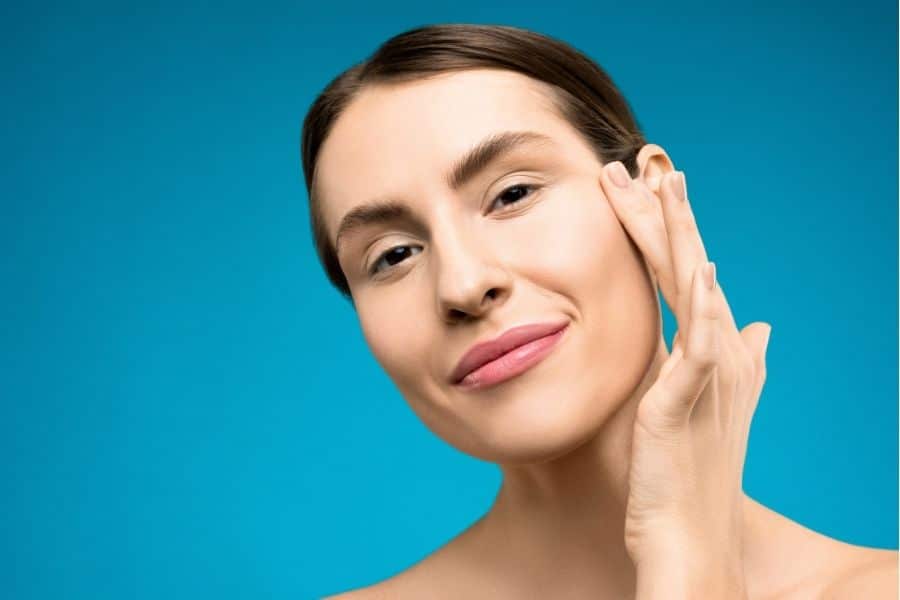
How Long Does Cheek Liposuction Take?
The duration of cheek fat removal surgery may vary depending on the size of the area to be treated and the amount of fat to be removed. Usually, the surgery takes about 30 minutes to 1 hour.
Preoperative preparations and anesthesia may also affect the duration. When local anesthesia is used, the operation time may be shorter. When general anesthesia is applied, the operation time may be slightly longer.
However, although the duration of the operation is important, the most important thing is the experience of the doctor who will perform the procedure. An experienced surgeon can complete the procedure in less time and more safely.
Before the operation, your doctor will inform you about the duration of the operation and other details. It is also important to ask all your questions before the surgery and to get information about the post-operative recovery process.
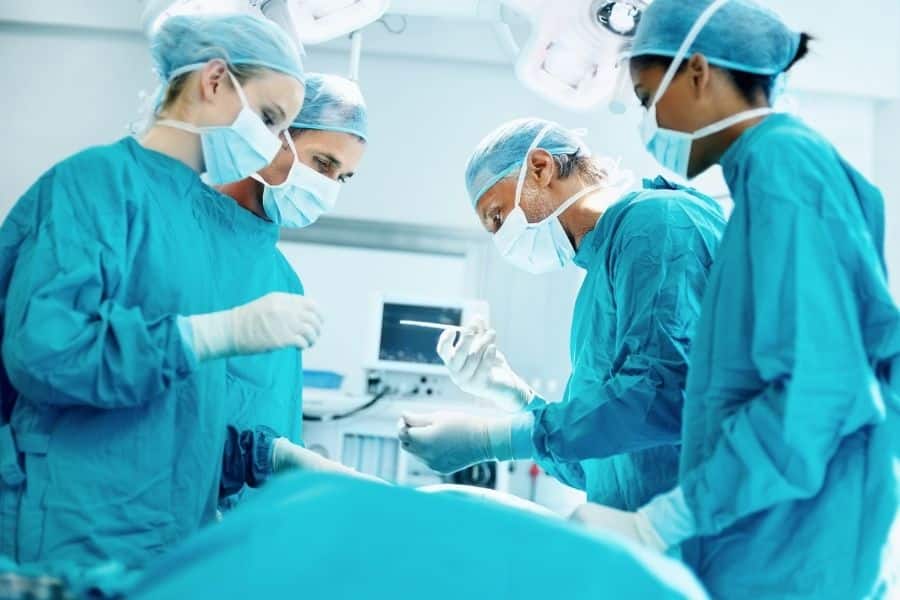
Considerations After Cheek Liposuction Surgery
After cheek fat removal surgery, there are some important points to consider in the recovery process:
Follow your doctor’s advice during the recovery process: Your doctor will advise you on what to do and what not to do in the postoperative period. Listen carefully and follow these recommendations.
Rest: Getting enough rest and sleep after surgery can speed up the healing process.
Take medications regularly: Your doctor may prescribe medications such as pain relievers and antibiotics. Use these drugs regularly and take care to take them in the doses determined by your doctor.
Cleanse your face: You can gently wash your face with cold water to reduce swelling on your face after surgery. However, you should avoid putting pressure on your face.
Do not smoke and drink alcohol: Smoking and alcohol slow the healing process and can prevent wounds from healing. Therefore, you should not smoke or drink alcohol for at least one week after surgery.
Avoid doing sports: It is recommended to avoid heavy activities for the first few days after surgery. Avoid sports and stay away from strenuous activities.
Pay attention to your diet: Take care of your nutrition during the healing process and follow a healthy, vitamin and protein-rich diet.
Keep in touch with your doctor: If you have any problems or concerns during the healing process, contact your doctor.
By following the above steps, you can recover faster and more comfortably after cheek fat removal surgery.

Cheek Fat Removal Surgery Prices
The prices of cheek fat removal surgery may vary depending on various factors. These factors include the size of the area where the surgery will be performed, the amount of fat to be removed, the doctor’s experience, the location of the clinic or hospital, and the country where the surgery was performed.
Prices may differ from country to country, clinic to clinic, and even doctor to doctor. In general, cheek liposuction surgery prices can range from $2,000 to $7,000 on average.
Prices will be given to you by your doctor during the pre-operative consultation. You can also contact your doctor about the payment plan with the clinic or hospital where the surgery will be performed.
The important thing is that the price reflects the quality of the surgery and your doctor’s experience. For this reason, it is important that you do a good research before the surgery and consider your doctor’s experience and success rates.

